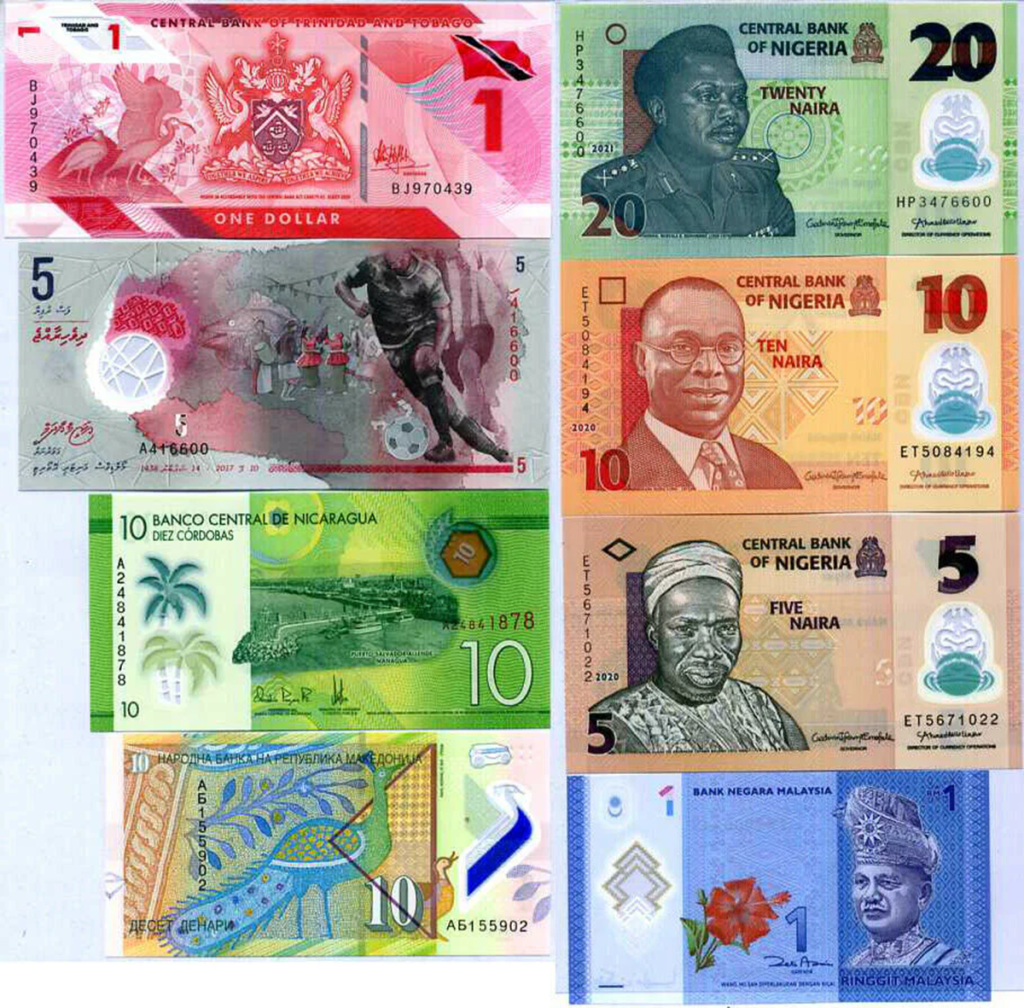The push to maintain physical cash has led to the innovative use of polymer as a long-lasting, secure, and eco-friendly alternative for making banknotes.
The first recorded use of polymer notes was in Australia in 1988 when the $10 bill was introduced to mark the nation’s bicentennial celebration. By 1996, Australia had transitioned entirely to polymer banknotes. Following their lead, New Zealand adopted polymer notes in 1999, and Romania followed in 2003.
Several African countries have also embraced polymer banknotes.
According to Visualcapitalist, these ten African nations have adopted polymer for some of their currency.
Nigeria was the first in Africa to introduce polymer notes, with new versions of the ₦5 to ₦50 banknotes, on February 28, 2007.
When Lamido Sanusi took over as Governor of the Central Bank of Nigeria, the ₦5, ₦10, and ₦50 denominations were converted to polymer on September 30, 2009, making all lower-denomination banknotes polymer-based.
Polymer notes are made from synthetic substrates like polypropylene, which consists of linked molecules or monomers. This material allows for numerous security features that are impossible with paper notes.
Additionally, polymer notes are more durable, resistant to dirt, and maintain their print quality better. However, they have some drawbacks, including susceptibility to fading, difficulty folding, stickiness when wet, and sensitivity to heat.

